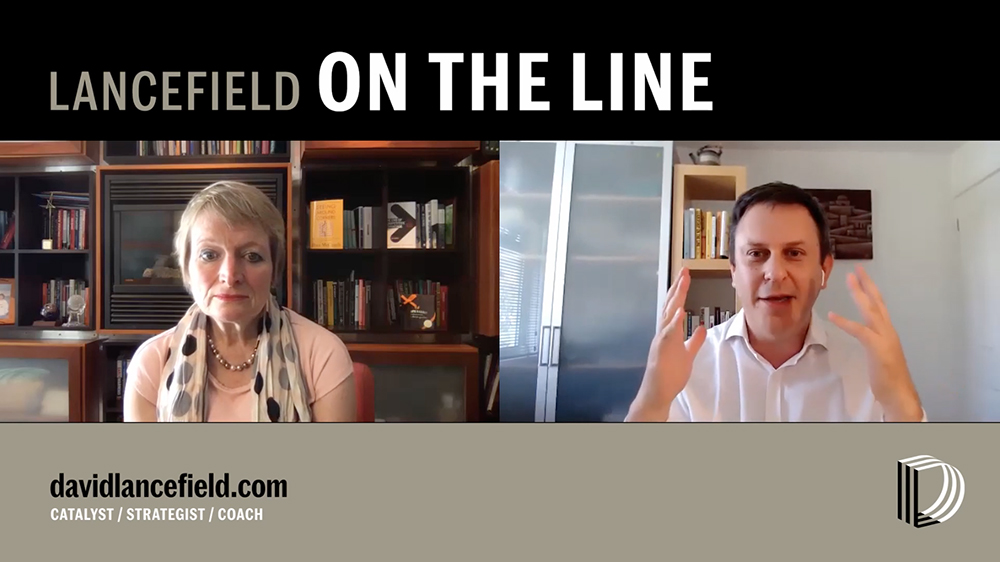Episode 4
Prof. Rita McGrath: Getting out to the edges to develop strategy
Available on these channels and more
What does it take for a leader to think strategically? You’d hope you didn’t need to ask this question as it should be a core capability. It’s often not as they focus on workplace culture or commercial tactics, both of which are important too. But it’s critical to a clear view as to where the organisation needs to move towards, whom it should serve and how, and how to win you. That way you can build the capabilities, identify the resources and systems you need, and evolve your culture.
In this interview Rita McGrath, a professor at Columbia Business School, tells me that strategy is more important than ever given the complexity and uncertainty we face. But its practice needs to change, away from the closed, top-down approach that characterises many traditional organisations. She talks eloquently about the importance of leaders getting out to the edges of their organisation to spot inflection points and pick up weak signals of change. She also highlights some fascinating practice at Microsoft and Klockner, focusing on how they encourage new and different voices to share their perspectives on where to take the business.
The best bits of these conversations are captured in my newsletter Flashes+Sparks.
Further resources
- Rita’s website.
- Her latest book Seeing Around Corners: How to Spot Inflection Points in Business Before They Happen.
- Her weekly Thought Sparks.
- Her Thought Sparks podcast.
“Strategy is more important than ever, but in a different way than we’ve traditionally thought of it.”
Professor Rita McGrath, Columbia Business School
VIEW RUNNING ORDER
| 02.09 | What it takes for leaders to see their world(s) differently. |
| 03.43 | What the COVID-19 crisis has meant for the role, and importance, of strategy. |
| 04.22 | The role of a leader in the modern age. |
| 06.26 | How to sustain and scale experimental-learning. |
| 07.37 | Personal experience at a leadership team meeting in Microsoft. |
| 09.25 | Great example of a company that ‘gets out to the edges’. |
| 10.21 | How the CEO Klockner busted through bureaucracy to forge more direct communication. |
| 12.02 | The role AI can play in strategy. |
| 14.36 | Her motivations for pioneering the development of strategy tools and tech. |
| 17.27 | Where innovation and strategy gets ‘gummed up’ in companies. |
| 20.28 | The three areas of work from others she’s most interested in. |
| 23.09 | Examples of successful and unsuccessful ecosystems. |
| 26.45 | The power of putting innovation at the core of strategy — and some examples. |

Ludmila Praslova: Tapping into our brainpower

Steven Rogelberg: Making meetings count

Caterina Kostoula: Crafting a powerful vision

Tony Martignetti: Making meaningful connections

Oleg Konovalov: Leading by nature

Matt Abrahams: Talking smarter in the moment

Alex Edmans: Dealing with lies

Pia Lauritzen: Connecting through questions


